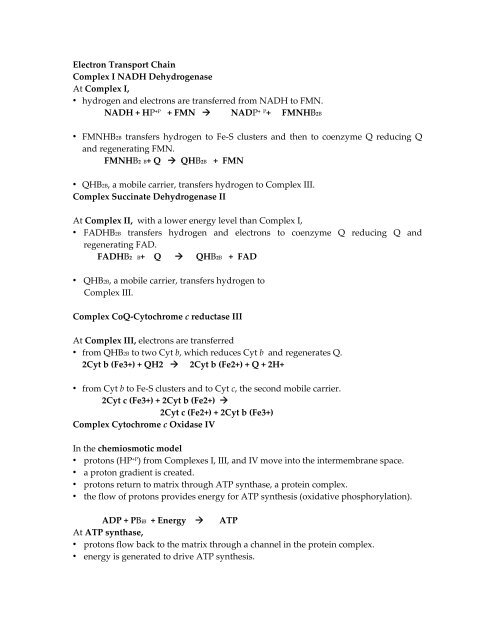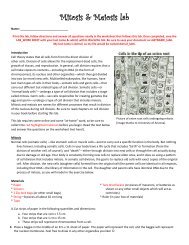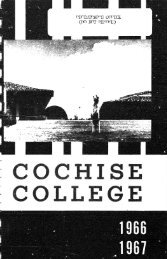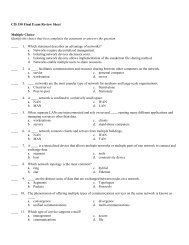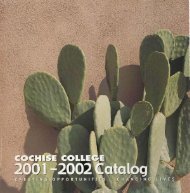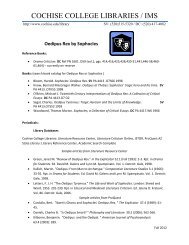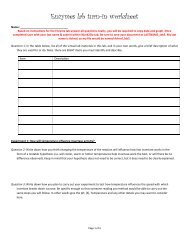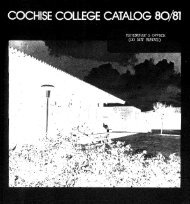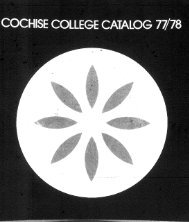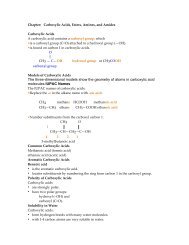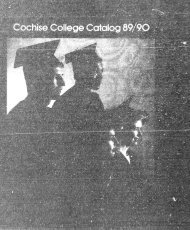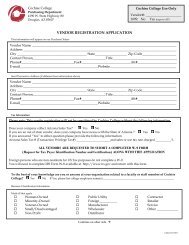You also want an ePaper? Increase the reach of your titles
YUMPU automatically turns print PDFs into web optimized ePapers that Google loves.
Electron Transport ChainComplex I NADH DehydrogenaseAt Complex I,• hydrogen and electrons are transferred from NADH to FMN.NADH + HP +P + FMN NADP + P + FMNHB2B• FMNHB2B transfers hydrogen to Fe‐S clusters and then to coenzyme Q reducing Qand regenerating FMN.FMNHB2 B+ Q QHB2B + FMN• QHB2B, a mobile carrier, transfers hydrogen to Complex III.Complex Succinate Dehydrogenase IIAt Complex II, with a lower energy level than Complex I,• FADHB2B transfers hydrogen and electrons to coenzyme Q reducing Q andregenerating FAD.FADHB2 B+ Q QHB2B + FAD• QHB2B, a mobile carrier, transfers hydrogen toComplex III.Complex CoQ‐Cytochrome c reductase IIIAt Complex III, electrons are transferred• from QHB2B to two Cyt b, which reduces Cyt b and regenerates Q.2Cyt b (Fe3+) + QH2 2Cyt b (Fe2+) + Q + 2H+• from Cyt b to Fe‐S clusters and to Cyt c, the second mobile carrier.2Cyt c (Fe3+) + 2Cyt b (Fe2+) 2Cyt c (Fe2+) + 2Cyt b (Fe3+)Complex Cytochrome c Oxidase IVIn the chemiosmotic model• protons (HP +P ) from Complexes I, III, and IV move into the intermembrane space.• a proton gradient is created.• protons return to matrix through ATP synthase, a protein complex.• the flow of protons provides energy for ATP synthesis (oxidative phosphorylation).ADP + PBiB + Energy ATPAt ATP synthase,• protons flow back to the matrix through a channel in the protein complex.• energy is generated to drive ATP synthesis.


